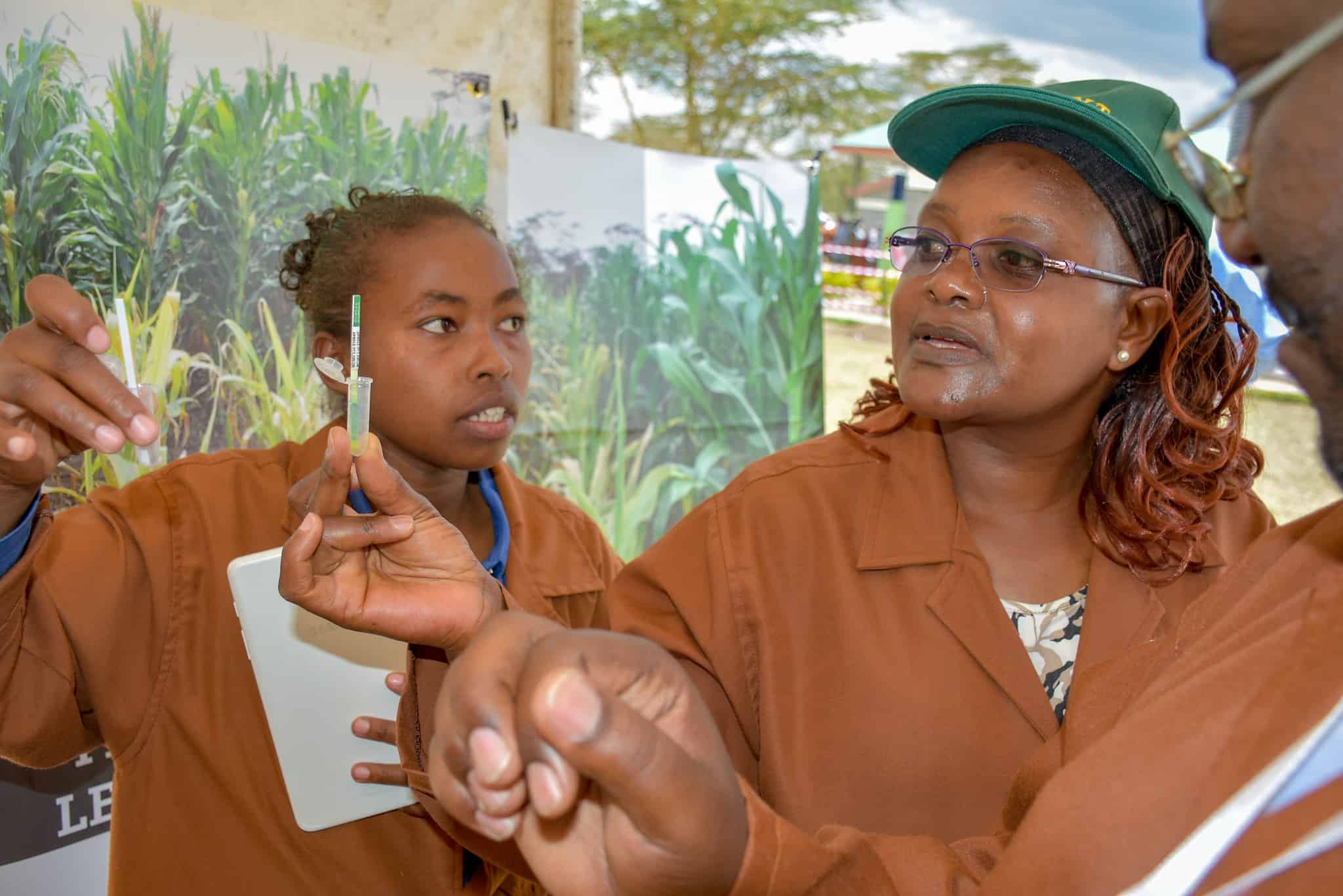How a disease without borders was contained
- From
-
Published on
25.11.19
- Impact Area
-
Funders
Gates Foundation, United States Department of Agriculture, United States of America

t’s been eight years since maize lethal necrosis (MLN) was first reported on the African continent. When it appeared in Kenya’s Bomet County in 2011, a sense of panic swept across the maize sector. Experts quickly realized that all maize varieties on the market were susceptible to this viral disease, which could wipe out entire maize fields.
Spearheaded by the International Maize and Wheat Improvement Center (CIMMYT), a rapid regional response involving national agriculture research systems (NARS), national plant protection organizations and seed sector partners was set up. The response involved multiple approaches: rigorous surveillance, epidemiology research, disease management across the seed value chain, and screening and fast-tracking of the MLN-tolerant maize breeding program.
Now, CIMMYT and its partners are reflecting on the tremendous impact of transboundary coalition to contain the devastating disease.
Related news
-

Australia partners with International Livestock Research Institute to upskill researchers from Africa and Asia
International Livestock Research Institute (ILRI)13.11.25-
Food security
-
Poverty reduction, livelihoods & jobs
Australia has joined forces with the International Livestock Research Institute (ILRI) to support th…
Read more -
-

Next-gen rice lines top check varieties at 7.5 t/ha in ESA
International Rice Research Institute (IRRI)11.11.25-
Food security
MOROGORO, Tanzania (8 October 2025) — Elite rice lines are outperforming the current popular varie…
Read more -
-

QTL Profiling Now Live on EBS
International Rice Research Institute (IRRI)11.11.25-
Food security
QTL profiling is now integrated into the EBS Platform’s MDA module. Teams across CGIAR research…
Read more -
